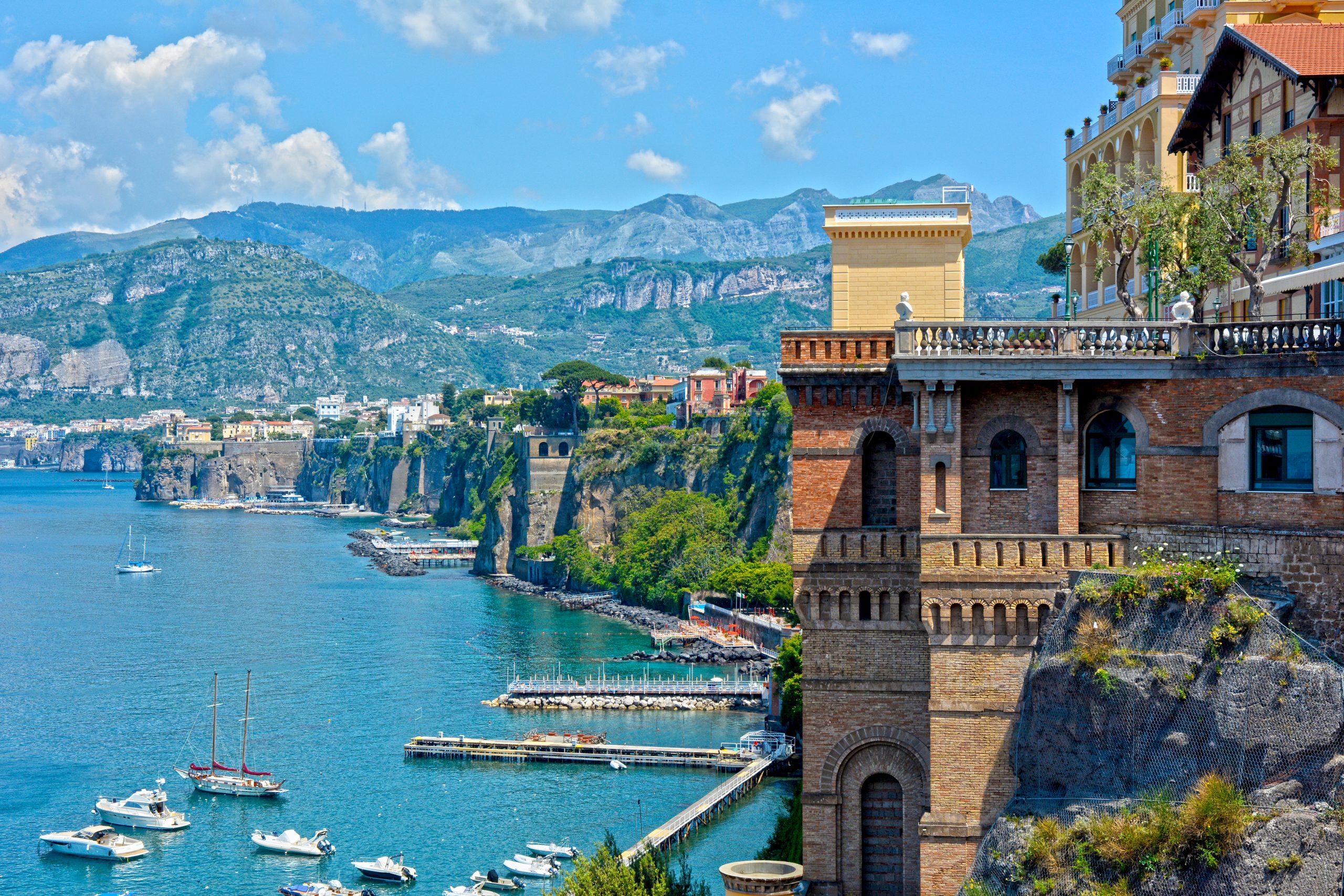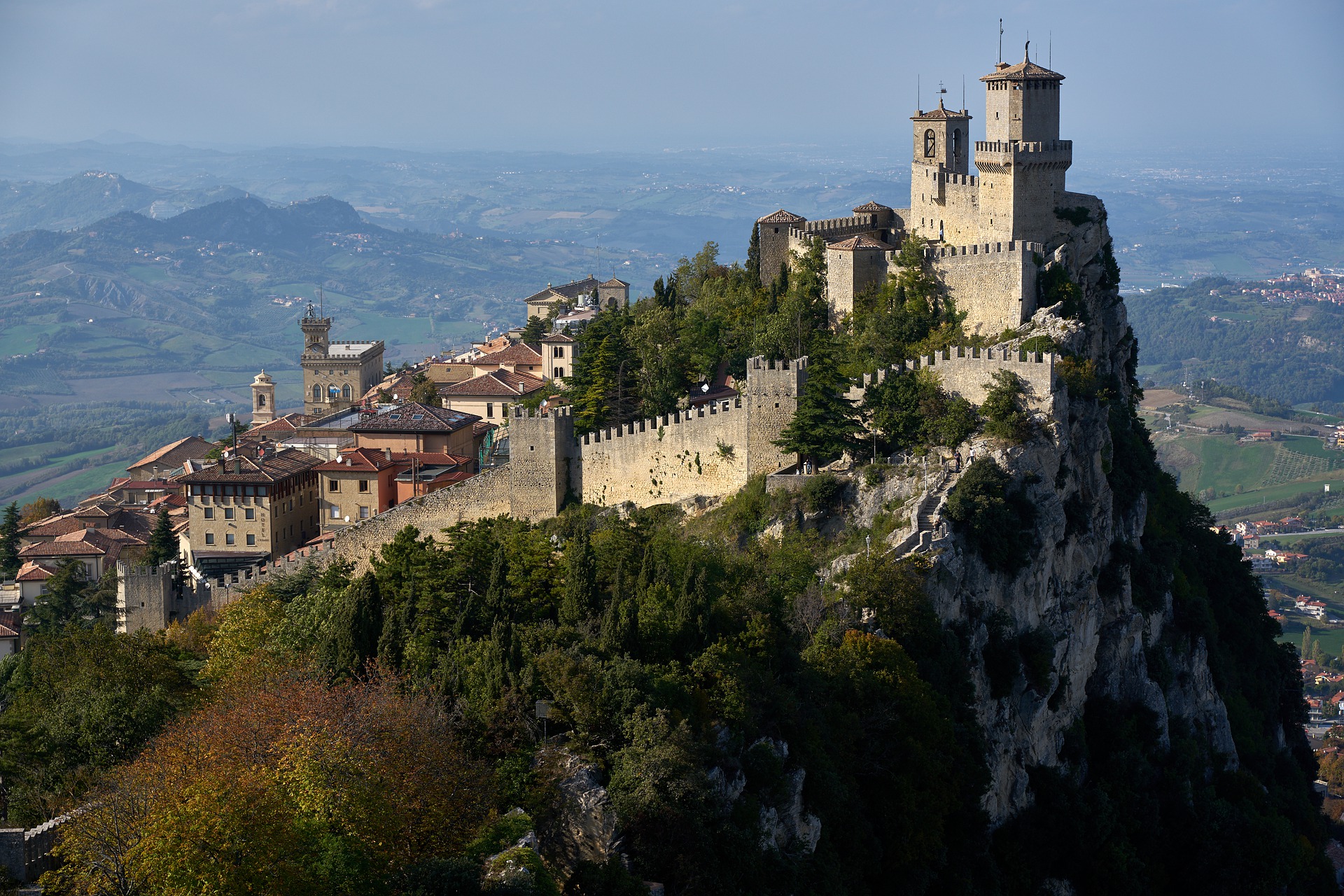The first time I was in Sorrento I completely missed il Vallone dei Mulini, the “Valley of the Mills”, tucked into a gorge below street level just inland from Piazza Tasso. I got back to the States and suddenly everyone was asking me, “Did you see the abandoned well?” I had no idea what they were talking about, so I looked it up online and kicked myself for passing 100 feet away from this enchanting scene and never noticing it.
There was a huge volcanic eruption in the Mediterranean between 35,000 – 37,000 years ago (it still amazes me how they can know that). The area around Sorrento was violently shaken and deep crevasses were cut in the limestone foundations, some of which was subsequently filled with volcanic debris. The large gorges created “valleys” of sorts, five large rifts in the earth that helped to protect the ancient town of Sorrento (which the Romans called “Surrentum”).
Over the years, water from an underground basin forced its way through some of the cracks, clearing out the debris as it made its way to the sea and creating new water sources that encouraged settlement in the valleys.
In the 10th century a complex of industry was built in one of the valleys: a mill for grinding wheat for flour and a sawmill that provided various types of wood and chaff to Sorrentine cabinet-makers (“wheat board”, made from chaff – the processed dry husks and casings from seeds and wheat – is a superior substitute for particle board and hardwood plywood). Attached to the mills was a public wash-house used by the women of the community.
In 1866, part of the gorge that let water in the valley flow out to the sea was filled in to create Piazza Tasso. This created a drastic rise of humidity in the valley and it was soon considered unsuitable for living and working. The valley virtually had its own climate, creating conditions favorable for types of vegetation that couldn’t grow above, like “Phillitus Vulgaris”, a rare fern that soon overtook the mill, its roots digging into the stone, and covered the floor and walls of the gorge in a thick layer of green.
The Valley of the Mills is the only one of the five gorges that can still be easily discerned; the others have been covered by roads and buildings over the centuries. It really is quite enchanting to see from above, and if you’re there when its dry and safe to walk on the humid rocks you can climb down into the valley to get a different perspective. It was a bit wet when I was there in December with my parents so we didn’t chance it, but instead added to my list of reasons to go back to this charming town with its incredible geological history.
Jessica is a travel enthusiast and entertainment executive living in Los Angeles. Her independent travels through Italy have inspired her travel blog, OneDayInItaly.com































